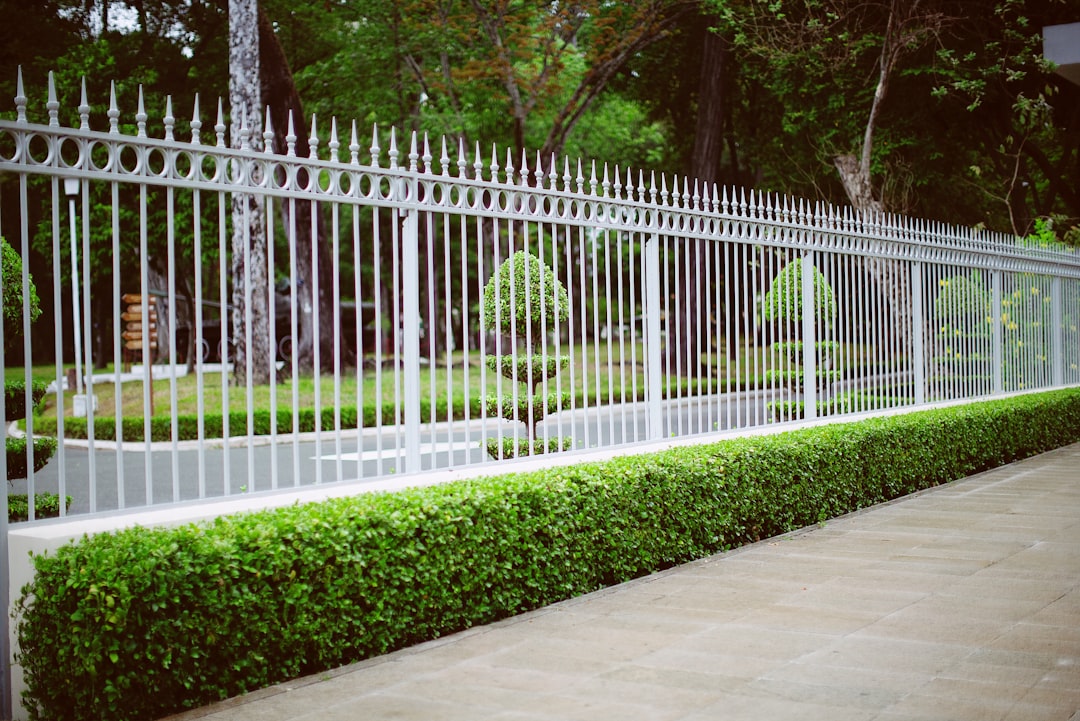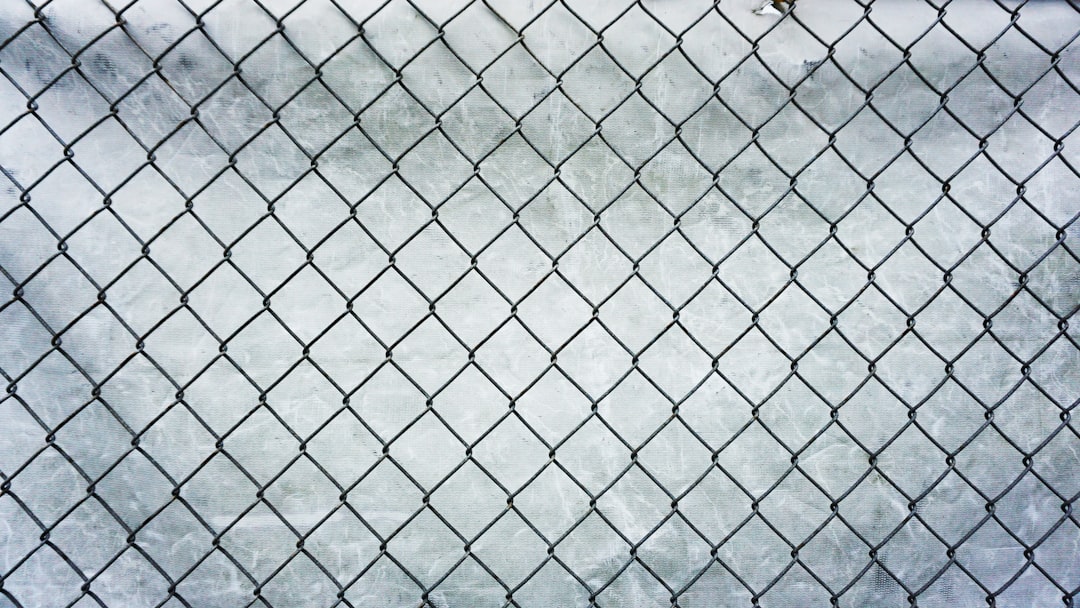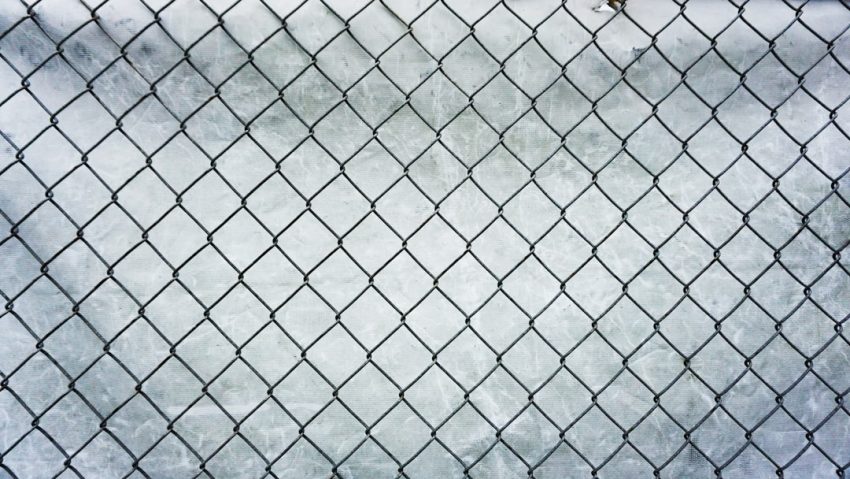Choosing the right anchoring method for fence posts is crucial for stability and longevity. Fence Company professionals guide clients in selecting suitable anchor types based on soil conditions and fencing material, preventing future damage from weather and ground movement. They employ two primary methods: mechanical anchoring for versatility and concrete anchoring for maximum strength. A comprehensive strategy includes assessing soil, using durable materials, proper spacing, deep digging, and concrete filling or mechanical fasteners to ensure structural integrity.
Ensuring your fence posts remain firmly in place is paramount for structural integrity and long-lasting durability. This guide, tailored by a leading Fence Company, delves into the critical aspects of properly anchoring fence posts. From understanding unique ground conditions to exploring diverse anchoring techniques, we equip property owners and contractors with essential knowledge. Discover best practices that guarantee stability, preventing costly replacements. Master these strategies for optimal fence post security, enhancing both functionality and aesthetics of your outdoor spaces.
- Understanding Fence Post Anchor Requirements
- Types of Anchoring Techniques for Optimal Stability
- Best Practices for Securely Anchoring Fence Posts
Understanding Fence Post Anchor Requirements

When it comes to ensuring fence posts are properly anchored for stability, understanding the specific requirements is paramount. Different types of fences and soil conditions necessitate unique anchor systems. For instance, a Fence Company might recommend concrete anchors for metal posts in areas with dense, compact soil. Conversely, wooden posts may require steel stakes or split-post anchors, especially in lighter, more porous soils, to prevent shifting over time.
Proper anchoring is crucial not just for the initial installation but also for long-term durability. Weathering, ground movement, and other environmental factors can challenge post stability. A Fence Company’s expertise can guide homeowners or contractors in selecting appropriate anchor types and ensuring they are installed correctly, thereby safeguarding investment and preventing future damage or instability.
Types of Anchoring Techniques for Optimal Stability

For optimal stability, fence posts must be secured effectively using various anchoring techniques. One common method employed by a professional fence company is mechanical anchoring, which involves using brackets, straps, or sleeves to attach the post to the ground. This technique is versatile and suitable for different soil types, ensuring the fence remains secure even in windy conditions.
Another effective approach is concrete anchoring, where posts are set into holes filled with concrete. This method offers unparalleled strength and durability, making it ideal for areas prone to extreme weather or heavy traffic. A reputable fence company will assess your specific needs and recommend the best anchoring technique for long-term stability and structural integrity.
Best Practices for Securely Anchoring Fence Posts

When securing fence posts, a top-notch fence company recommends a multi-pronged approach for maximum stability. Firstly, assess your soil conditions – loose, sandy soil may require additional measures like deep concrete anchors or mechanical ground fasteners to prevent post shift. Secondly, choose the right materials; pressure-treated wood or robust metal posts offer superior durability against rot and rust. Proper spacing is key; ensure posts are set at optimal intervals recommended for your fence style, as proper spacing prevents uneven weight distribution and potential tipping.
Thirdly, employ effective digging techniques – dig holes to a depth that ensures the post’s lower third is firmly embedded in solid ground. Fill holes with high-quality concrete, allowing it to cure completely before installing the fence rail or panel. For added security, consider using concrete anchors or mechanical fasteners specifically designed for fence posts, further bolstering their hold against environmental factors like strong winds and heavy loads.
When it comes to ensuring fence posts remain stable and secure, proper anchoring is paramount. By understanding the unique anchor requirements for different fence post materials and installations, homeowners and fence companies can implement best practices that safeguard against shifting and damage. Investing in robust anchoring techniques not only enhances the structural integrity of fences but also ensures they withstand the test of time, providing long-lasting protection for properties and investments.
